In a world where technological advancements are reshaping military strategies, Ukraine has taken a significant leap forward by deploying thousands of acoustic sensors across its territory. This network is designed to detect and track incoming Russian kamikaze drones, a move that is not only innovative but also reflective of the urgent need for cost-effective defense mechanisms in modern warfare, reports The Warzone.
Ukraine’s Acoustic Shield Against Drones
The utilization of acoustic sensors in Ukraine represents a pivotal shift in defense tactics against the increasing drone threats. General James Hecker, the U.S. Air Force’s top officer in Europe, revealed that these sensors are instrumental in identifying the presence of low-altitude unmanned aerial vehicles (UAVs), such as the Shahed-136 kamikaze drones. By amplifying ambient noise, these sensors can pick up the distinct sounds produced by drones, allowing for early detection and engagement.
This acoustic detection network enables Ukrainian forces to alert traditional air defenses and deploy drone hunting teams equipped with anti-aircraft artillery. These teams, trained rapidly, demonstrate the adaptability and resourcefulness of Ukrainian defenses in the face of emerging threats.
A Cost-Effective Approach to Air Defense
The acoustic sensor network not only showcases Ukraine’s innovative use of technology in warfare but also highlights the importance of cost-efficiency in military operations. With most of Ukraine’s counter-drone teams relying on improvised weapon systems, the acoustic sensors offer a more affordable solution compared to advanced radar systems or aerial surveillance platforms.
General Hecker’s comments underscore the potential of such systems to provide a persistent intelligence, surveillance, and reconnaissance (ISR) picture, crucial for tracking low-flying drones and cruise missiles. The success of Ukraine’s acoustic sensors has sparked interest within the U.S. military and NATO for possible adoption, suggesting a broader applicability of this technology against various aerial threats.
Looking Ahead: The Future of Aerial Defense
As the U.S. and NATO explore Ukraine’s acoustic sensor technology, the implications extend beyond immediate defense needs. The approach represents a return to simpler, yet effective, methods of detection, reminiscent of pre-radar acoustic systems used during World War II. However, the challenges posed by modern aerial threats, including stealthy aircraft and missiles, necessitate a blend of old and new tactics.
The ongoing conflict has prompted a reevaluation of defense strategies, with an emphasis on sustainability and cost-effectiveness. General Hecker’s advocacy for affordable solutions to counter drone threats highlights a critical aspect of modern military engagements: the need to balance technological advancements with practical, cost-effective defense mechanisms.
Ukraine’s deployment of an extensive network of acoustic sensors marks a significant advancement in the realm of military defense, offering a glimpse into the future of aerial threat detection and engagement. This innovative approach not only enhances Ukraine’s defensive capabilities but also sets a precedent for other nations grappling with similar threats. As the world watches Ukraine’s strategy unfold, the lessons learned may well shape the future of military defense, emphasizing the importance of adaptability, cost-efficiency, and the strategic use of technology in warfare.




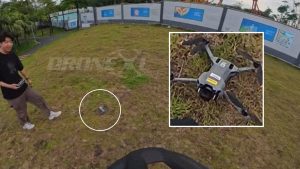
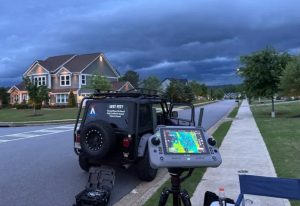
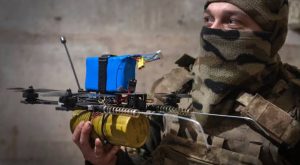
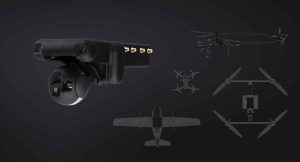
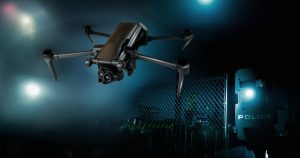
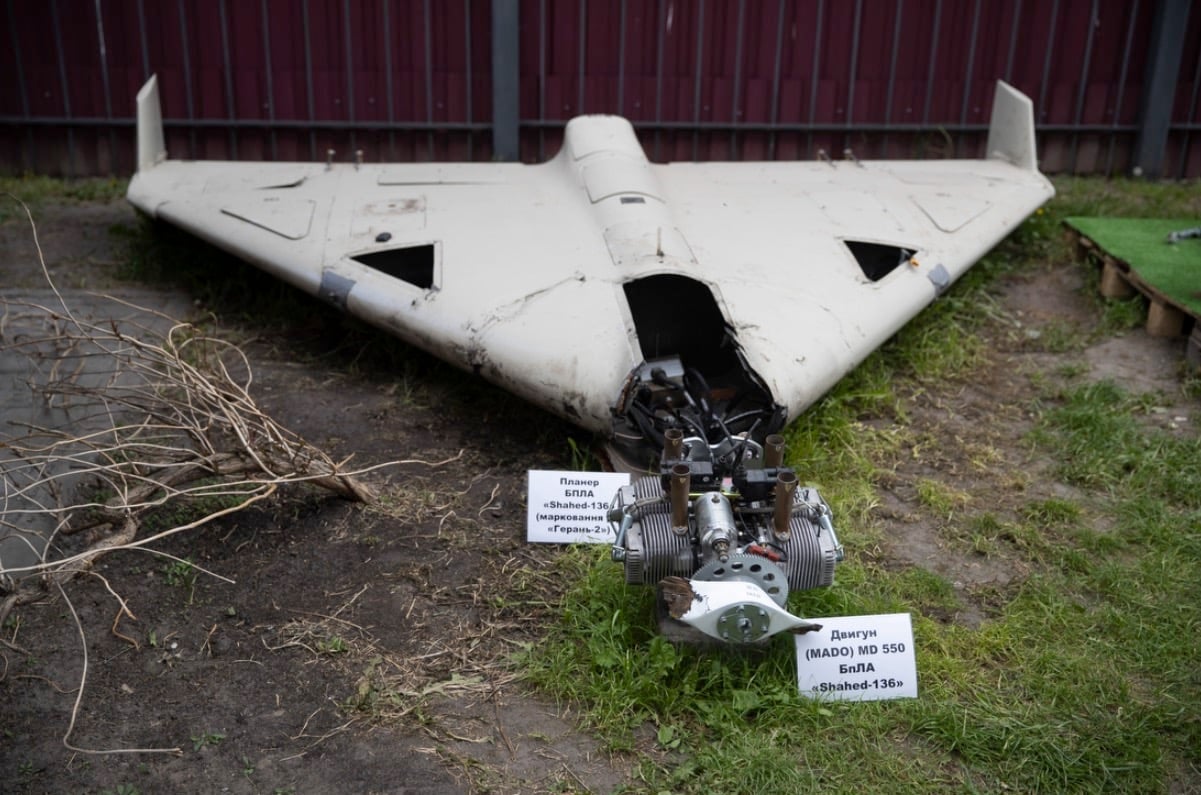

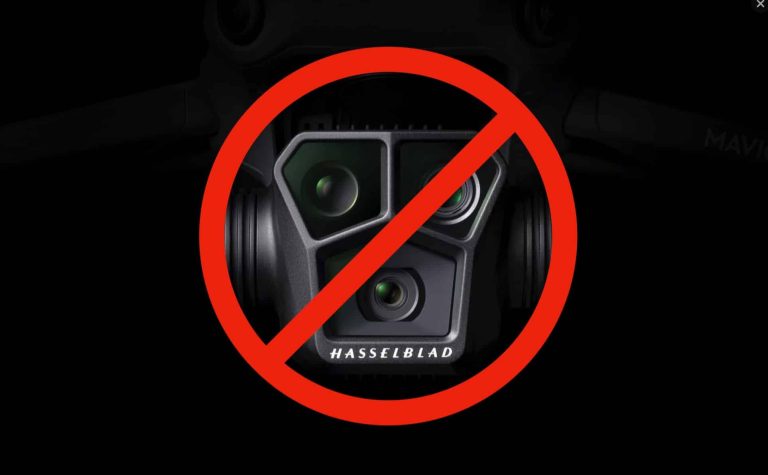
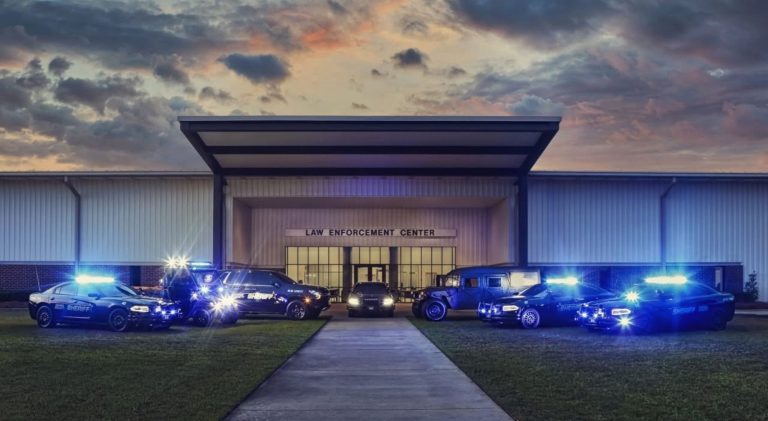
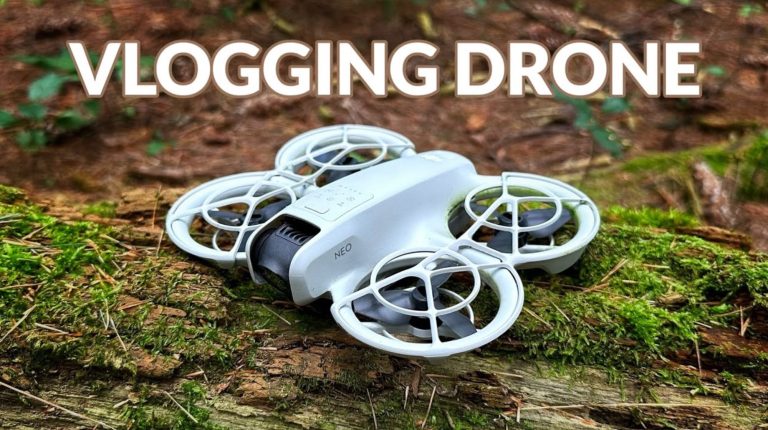
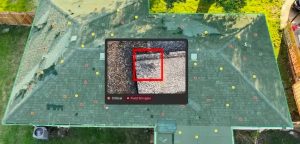


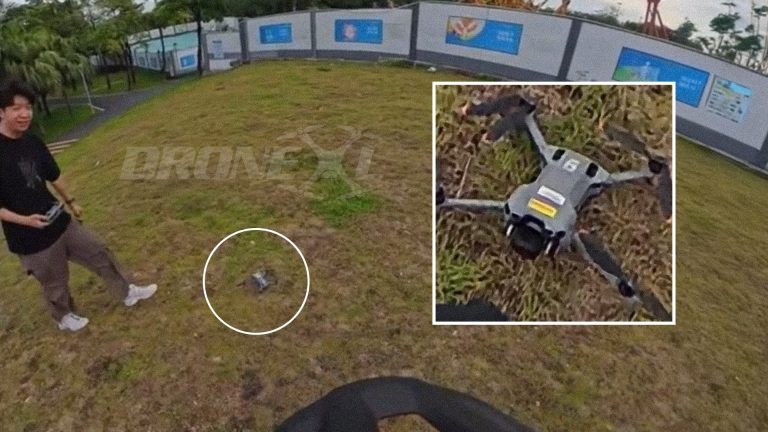

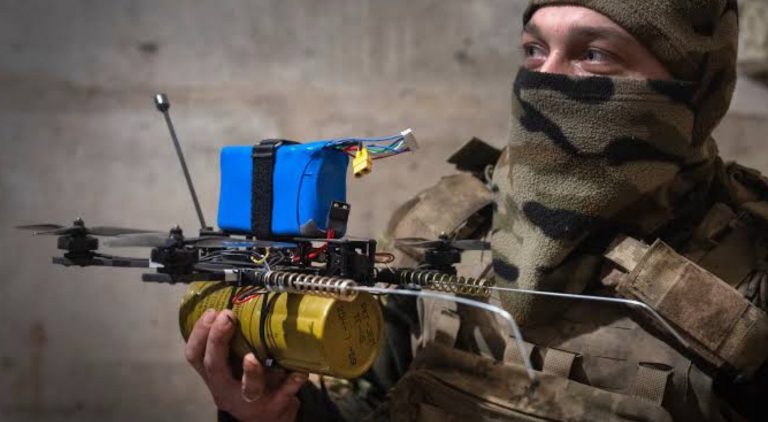
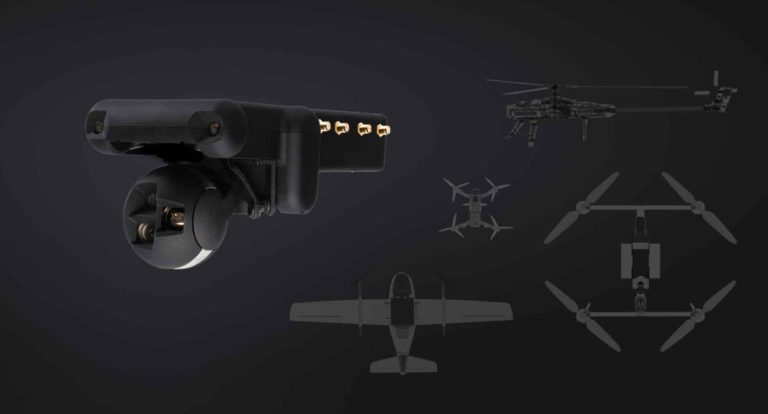
+ There are no comments
Add yours